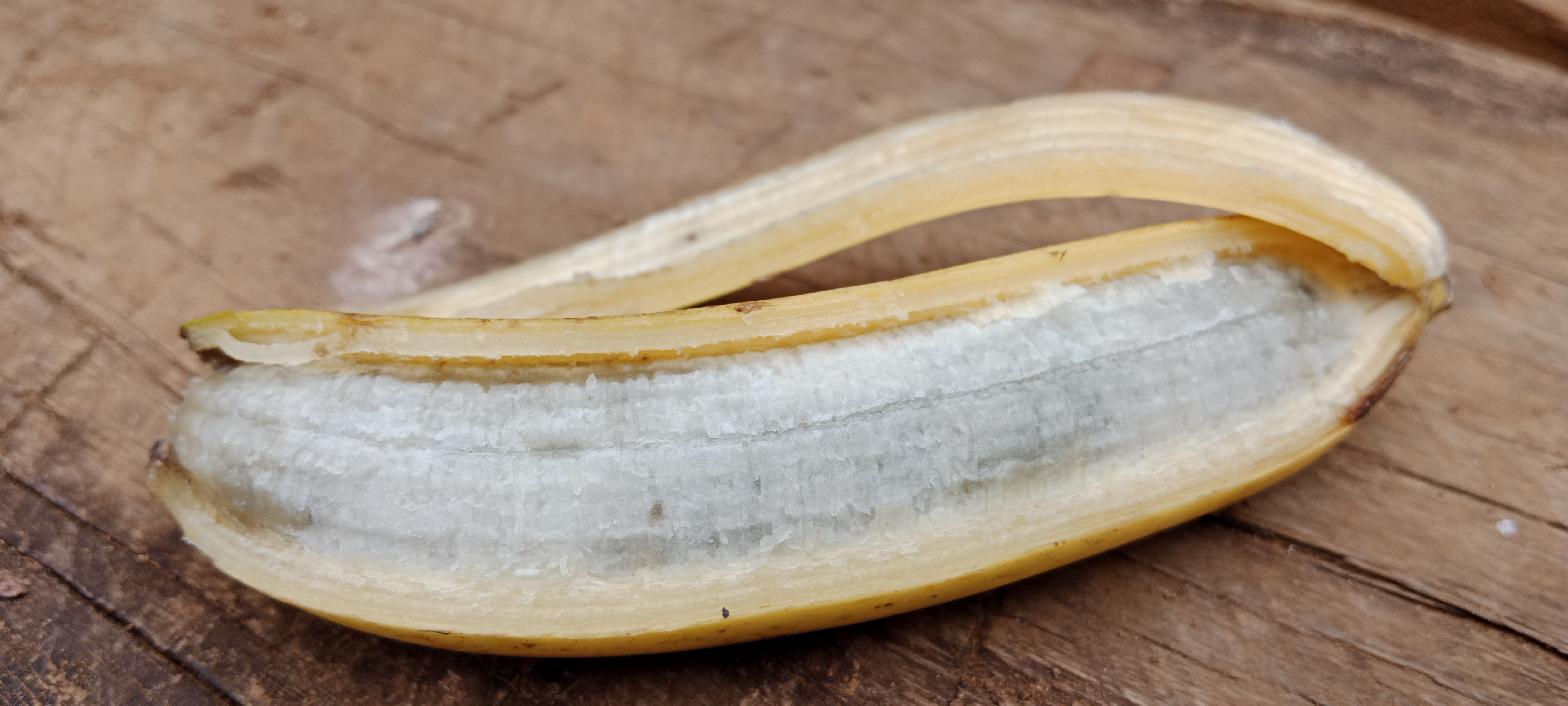The wild banana, scientifically known as Musa acuminata, is the precursor to the cultivated bananas that many of us consume today. Known for its natural resilience and diverse ecological role, the wild banana has a rich history and offers a range of benefits to humans, animals, and the environment. This article explores its origins, benefits, and ecological importance, as well as its potential side effects.
Where Does Wild Banana Come From?
The wild banana is native to Southeast Asia, specifically in
the tropical regions of India, Malaysia, and the Philippines. It is believed to
have been domesticated in the Indo-Malay region over 7,000 years ago, though
wild varieties continue to grow in their native habitats. The wild banana is a
member of the Musaceae family and is the progenitor of many domesticated banana
varieties, including the commonly known Cavendish banana.
Benefits of Wild Banana for Humans, Animals, and the
Environment
- For
Humans: The wild banana has several uses. Its fruit, although not as
sweet as cultivated varieties, is edible and nutritious. Rich in
potassium, vitamin C, and dietary fiber, wild banana fruit can contribute
to a balanced diet. It is also often used in traditional medicine for its
antioxidant properties and to treat ailments like digestive problems,
fever, and infections. The plant's leaves, pseudostems, and other parts
are used in local cultures for cooking, wrapping food, and even for
textiles.
- For
Animals: Wild banana plants play a vital role in supporting wildlife.
The fruits, although smaller and more fibrous than cultivated varieties,
provide a food source for various species, including primates, bats,
birds, and insects. The plant's foliage also offers shelter and nesting
materials for smaller animals. Moreover, the plant's role in pollination
and biodiversity can indirectly benefit entire ecosystems.
- For
the Environment: Wild banana plants contribute significantly to the
environment. Their deep roots help prevent soil erosion, especially in
tropical regions where heavy rains are common. As a fast-growing plant,
the wild banana also helps with carbon sequestration, improving soil
health by returning organic matter as it decomposes. The plant's ability
to thrive in a variety of soils, including poorer or marginal ones, makes
it a valuable species for maintaining local ecosystems and preventing
desertification.
Where Do Wild Banana Trees Grow?
Wild banana trees thrive in tropical climates, preferring
warm, humid environments. They are typically found in regions with abundant
rainfall and well-draining soil. These trees grow at altitudes ranging from sea
level to 1,200 meters, depending on local conditions. The primary growing
regions for wild bananas include Southeast Asia, northern Australia, parts of
India, and some areas of Africa.
What Are Wild Banana Trees Like?
Wild banana trees are quite distinct from their cultivated
counterparts. They are herbaceous perennials, meaning they do not form woody
trunks like most trees. Instead, wild banana plants have a
"pseudostem" made from tightly packed leaf sheaths. The trees can
grow up to 8 meters (26 feet) tall, with large, broad leaves that can reach up
to 3 meters (10 feet) in length. The flowers of the wild banana are typically
greenish, and the fruit, often smaller and more fibrous than the cultivated
banana, grows in clusters.
Wild banana trees are often characterized by their rapid
growth and their ability to survive in harsh conditions. They thrive in
tropical forests but can also be found in cultivated landscapes or as part of
the undergrowth in larger forests.
Where Are Wild Banana Trees Most Abundant?
The wild banana is most abundant in its native tropical
habitats in Southeast Asia, particularly in the wild forests of the
Philippines, Malaysia, Thailand, and Indonesia. Over time, it has also spread
to other tropical regions, including parts of Africa and Central America,
thanks to human cultivation and trade. In some places, wild banana species are
considered invasive due to their fast-growing nature, which can overwhelm other
vegetation in local ecosystems.
Are There Any Side Effects to Eating Wild Banana, Both
the Tree and Its Fruit?
While the wild banana is generally considered safe to
consume, there are some potential side effects to be aware of:
- For
Humans: The fruit of the wild banana is more fibrous and less sweet
than the cultivated varieties, which may make it less palatable for some.
The raw fruit can sometimes be tough to digest and may cause mild
gastrointestinal discomfort. Additionally, the high fiber content might
lead to bloating or gas if consumed in large quantities. The seeds within
the fruit can also be hard and difficult to chew, though they are not
harmful.
- For
Animals: In some cases, animals may experience digestive upset if they
consume large quantities of the wild banana fruit. However, most animals
that consume bananas have adapted to handle the fiber and smaller seed
content of the fruit.
- For
the Environment: While wild banana plants are generally beneficial for
the environment, they can become invasive in non-native regions,
outcompeting local flora and disrupting local ecosystems. In places where
wild banana species are not indigenous, they may spread quickly and
negatively affect biodiversity.
Conclusion
The wild banana, a versatile and resilient plant, offers a
wide array of benefits for humans, animals, and the environment. Native to the
tropics, it plays a key role in maintaining biodiversity, supporting local
wildlife, and preventing soil erosion. While it is generally safe for
consumption, its fibrous texture and tough seeds may present minor challenges
for both humans and animals. Despite these drawbacks, the wild banana remains
an essential species in the ecosystems where it grows, as well as a valuable
cultural and nutritional resource.
Sources
- Musa
acuminata and its role in Southeast Asian agriculture and
biodiversity. Journal of Tropical Ecology.
- "Wild
Bananas and their Genetic Importance for Domestic Cultivation."
Journal of Agricultural Research, 2023.
- "The
Ecology of Banana Plants in Southeast Asia." Biodiversity
Conservation, 2022.






